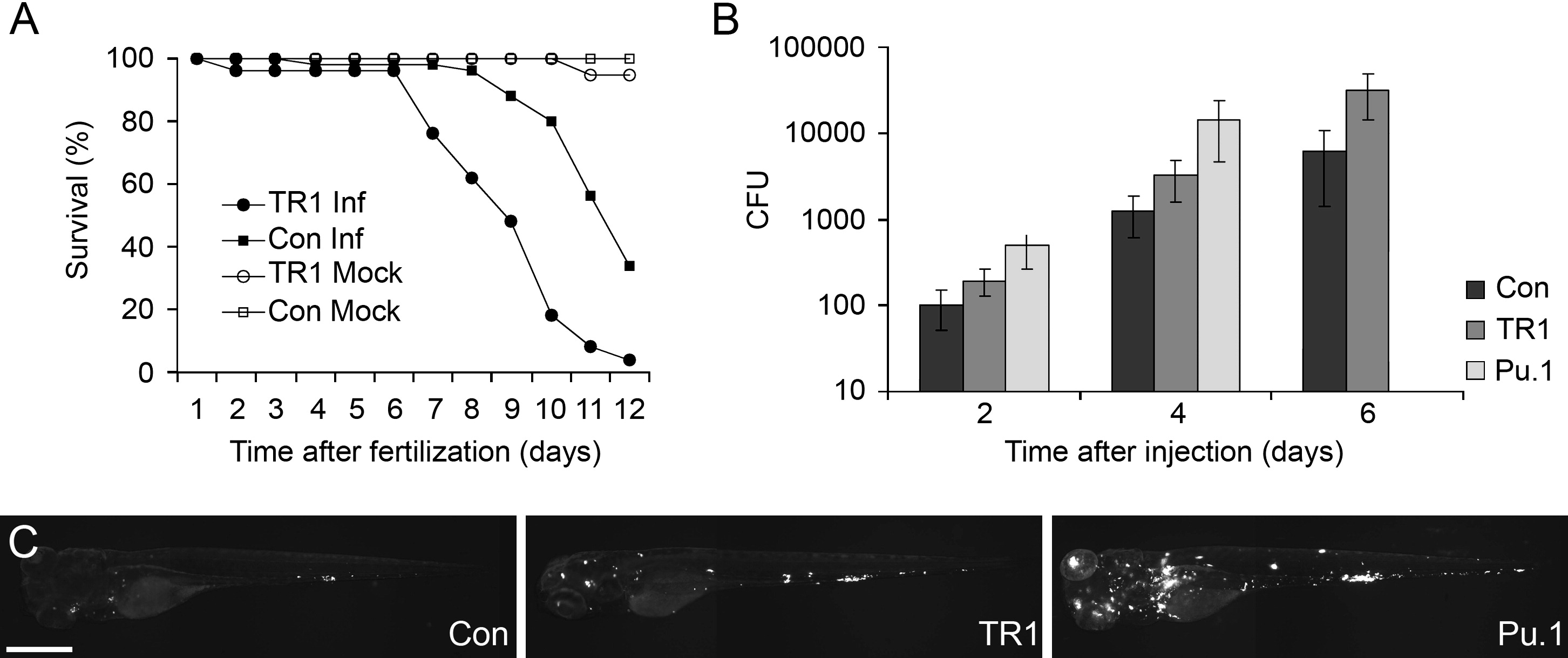Fig. 1 TR1 Morphant Embryos Are More Susceptible to Mycobacterial Infection
(A) Control (Con) and TR1 morphant embryos were either mock injected (n = 30 each) or infected with 108 ± 11 colony forming units (CFU) of M. marinum on 1 dpf (n = 50 each). Data are plotted as the percentage of surviving embryos on each day. TR1 morphant embryos are significantly more susceptible to infection with M. marinum than controls (Hazard ratio 5.7, p < 0.0001, Kaplan Meier method with log-rank [Mantel-Cox] test). Survival was not statistically different between mock-injected TR1 and control embryos.
(B) Mean bacterial loads per embryo for control (Con), TR1, and Pu.1 morphant embryos at 2, 4, and 6 days post injection (dpi) with 70 ± 13 CFU. p < 0.0001 by one-way ANOVA. Data for Pu.1 embryos are only available for 2 and 4 dpi because of mortality. Error bars represent standard deviation from the mean. All morphant bacterial loads are significantly different from one another (p < 0.05) at each individual time points (control versus TR1, control versus Pu.1, and TR1 versus Pu.1) by Student's unpaired t test.
(C) Representative pictures of control, TR1, and Pu.1 morphant embryos at 4 dpi with fluorescence representing bacterial load. The scale bar represents 500 μm.
Reprinted from Immunity, 29(2), Clay, H., Volkman, H.E., and Ramakrishnan, L., Tumor necrosis factor signaling mediates resistance to mycobacteria by inhibiting bacterial growth and macrophage death, 283-294, Copyright (2008) with permission from Elsevier. Full text @ Immunity

